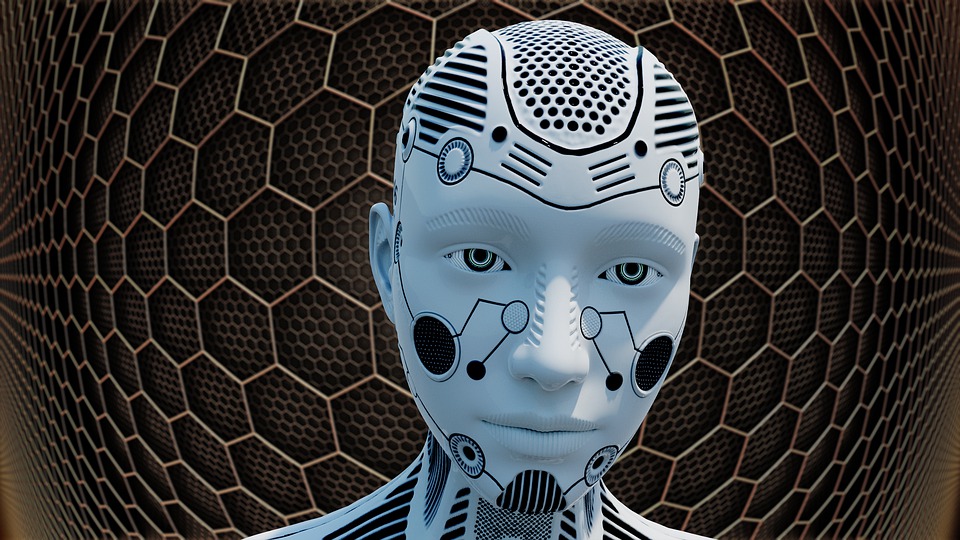 Google
Google
In the season of layoffs, Google fires 100 robot workers that cleaned its cafeterias, tidied conference rooms
Amid mass layoffs, Google’s parent company Alphabet has also fired 100 robots that helped keep its cafeterias spick and span, reported Wired.
Alphabet's experimental venture, Everyday Robots, which had over 200 people working on various robotics projects, will be closed down. It was promoted from Alphabet's secretive X moonshot lab just over a year ago, according to the report.
Everyday Robots teams developed and trained 100 one-armed robots that moved on wheels to do a range of daily chores like cleaning cafeteria tables, segregating trash and opening doors. These machines were powered with many more capabilities to do simple but significant jobs to keep the place in order.
“Everyday Robots will no longer be a separate project within Alphabet,” says Denise Gamboa, director of marketing and communications for Everyday Robots, the Wired report said. “Some of the technology and part of the team will be consolidated into existing robotics efforts within Google Research.”
X moonshot lab, which previously developed internet-beaming balloons (Loon) and power-generating kites (Makani) before realising they weren’t capable of surviving commercially, has now seen its latest robotics venture fail with the closure of Everyday Robots.
Other former projects of X, such as Waymo (which is developing autonomous vehicles) and Wing (which is testing grocery delivery drones), continue to operate as companies within Alphabet.
Nevertheless, uncertainty looms over their financial prospects as they face obstacles from regulations and technology. Similar to Everyday Robots, these businesses made use of cutting-edge technologies that demonstrated remarkable potential during experimentation but didn't possess absolute dependability.
Everyday Robots was created from at least eight robotics acquisitions made by Google ten years ago. Google's founders believed that machine learning would transform the field of robotics, and they wanted to create a robot for consumers. In 2016, they appointed Hans Peter Brøndmo to lead a project called Help (later renamed Moxie) to use machine learning to create robots capable of performing routine tasks and adjusting to different surroundings.
To develop a machine learning model that could enable robots to perform tasks using their cameras, arms, wheels, and grips, the team created arm farms and playpens. The robots repeated the same tasks, such as sorting rubbish, for several months to generate data for the model.
This approach spared engineers from having to program-specific instructions for every possible scenario, which is the traditional method used in robotics. The approach was successful for initial tasks, and Google used Everyday Robots' fleet to clean dining halls and check conference rooms during the pandemic.
In the past year, Everyday Robots made significant advancements with the help of Google AI researchers. The integration of a large language model, similar to ChatGPT, allowed the robot to fetch a bag of chips for someone who said they were hungry.
However, Google and Everyday Robots clarified that the technology wasn't yet available for consumers as minor differences, such as the lighting in a room or the shape of a chips bag, could cause issues.
Right from the start, Everyday Robots lacked clarity over its mission—whether it was advanced research or launching a marketable product, a former employee said, according to the report. Gradually, its workforce crossed 200 employees and added to the costs. Robotics experts estimate that each robot likely cost tens of thousands of dollars.
In due course, Alphabet lost about $6.1 billion last year through Everyday Robots and Waymo and overall profit fell 21 percent last year to $60 billion. This came as its income from Google Ads shrank and pressure from investors to cut costs.
Alphabet announced on January 20 that it would lay off around 12,000 employees, which amounts to 6% of its workforce. Everyday Robots was one of the projects that was discontinued.
Alphabet did not reveal which Everyday Robots assets and team members will be included in other research teams, said the report.
Previously, the company obtained funding from venture capitalists and other investors for its subsidiaries to alleviate its financial burden. It's unclear if Alphabet attempted this approach with Everyday Robots before shutting down the project.
However, today's challenging fundraising environment poses difficulties for teams that typically spend heavily on tech development, even when sales are not immediately forthcoming.
Support Our Journalism
We cannot do without you.. your contribution supports unbiased journalism
IBNS is not driven by any ism- not wokeism, not racism, not skewed secularism, not hyper right-wing or left liberal ideals, nor by any hardline religious beliefs or hyper nationalism. We want to serve you good old objective news, as they are. We do not judge or preach. We let people decide for themselves. We only try to present factual and well-sourced news.







